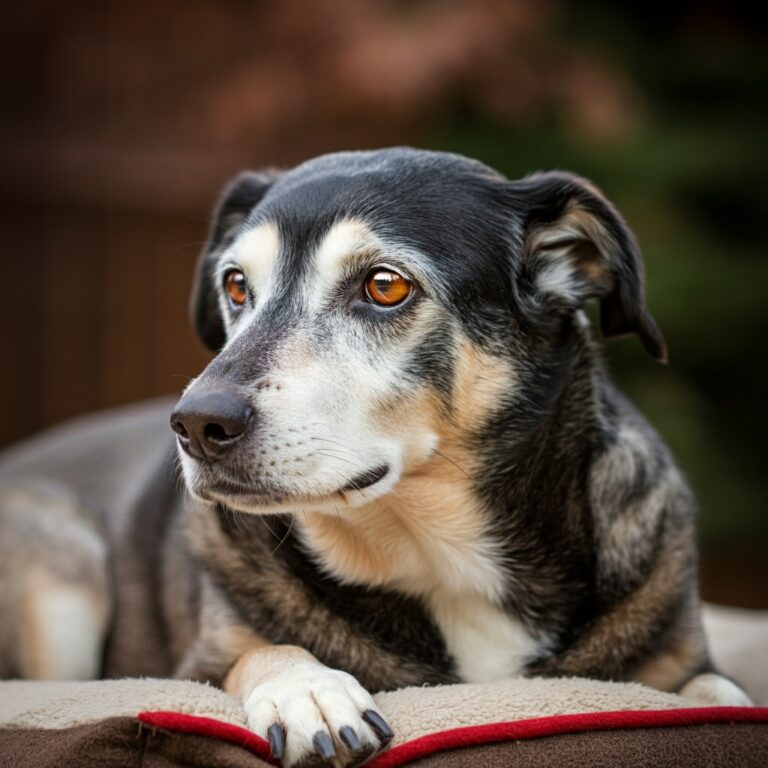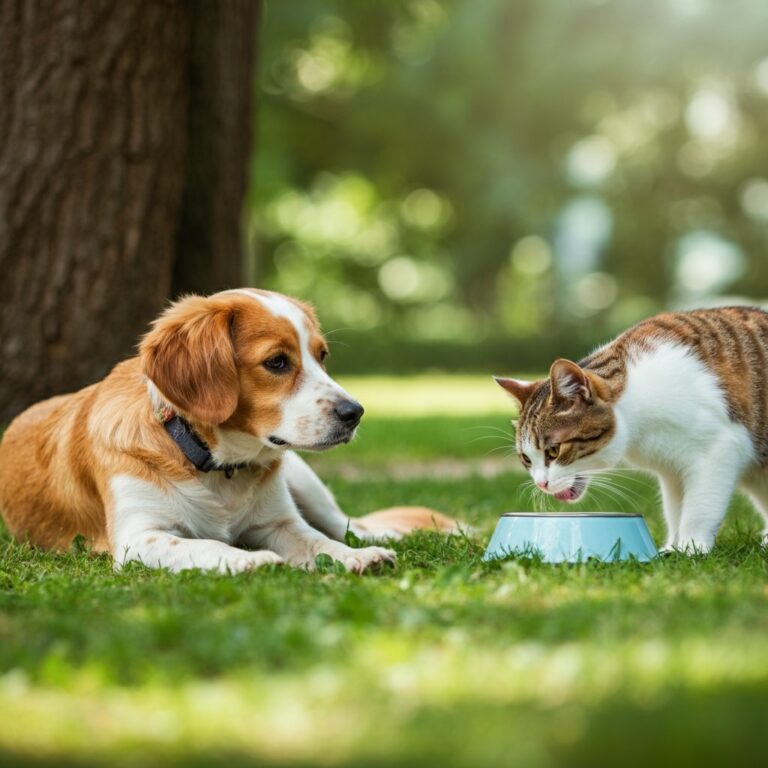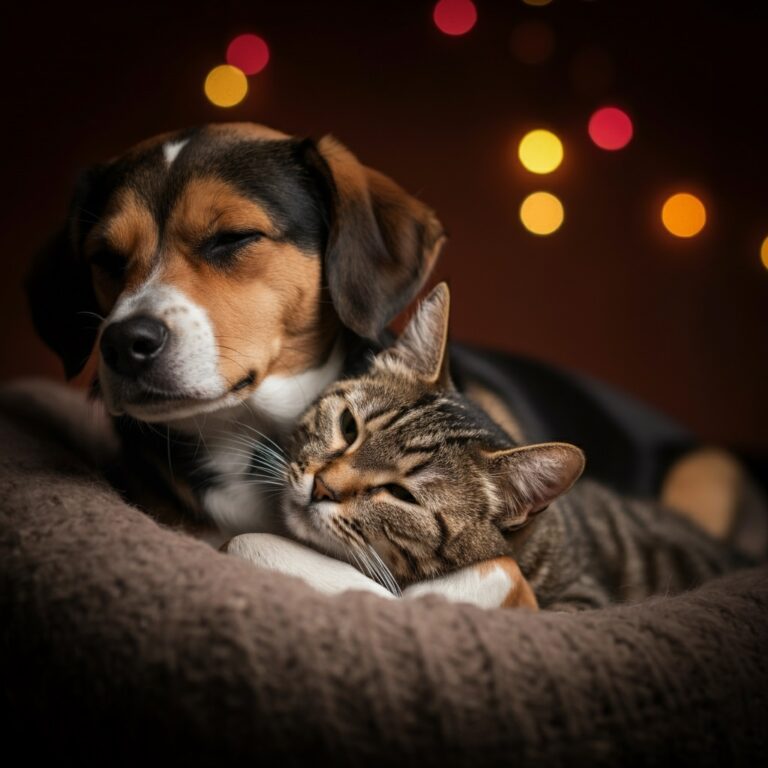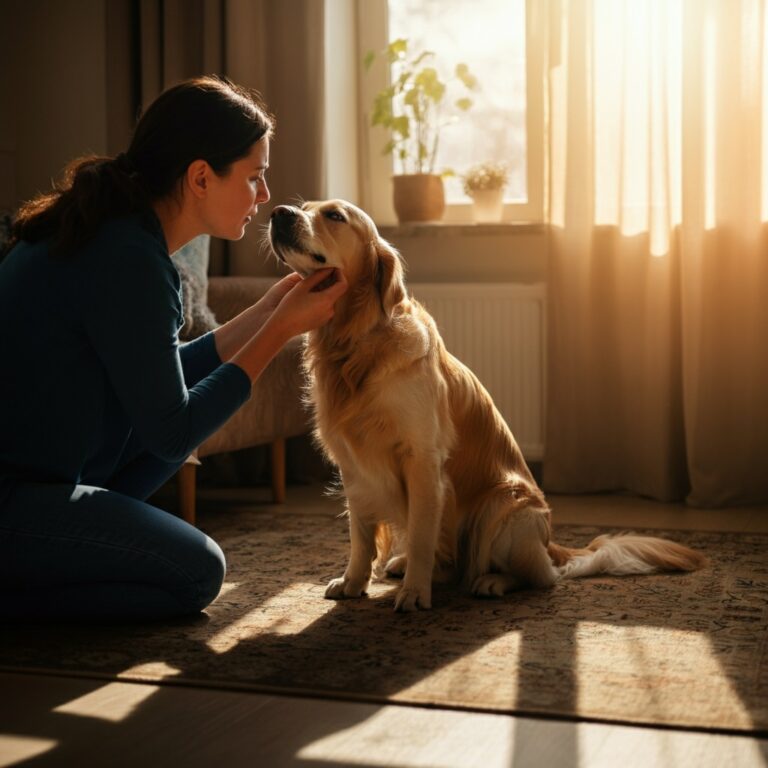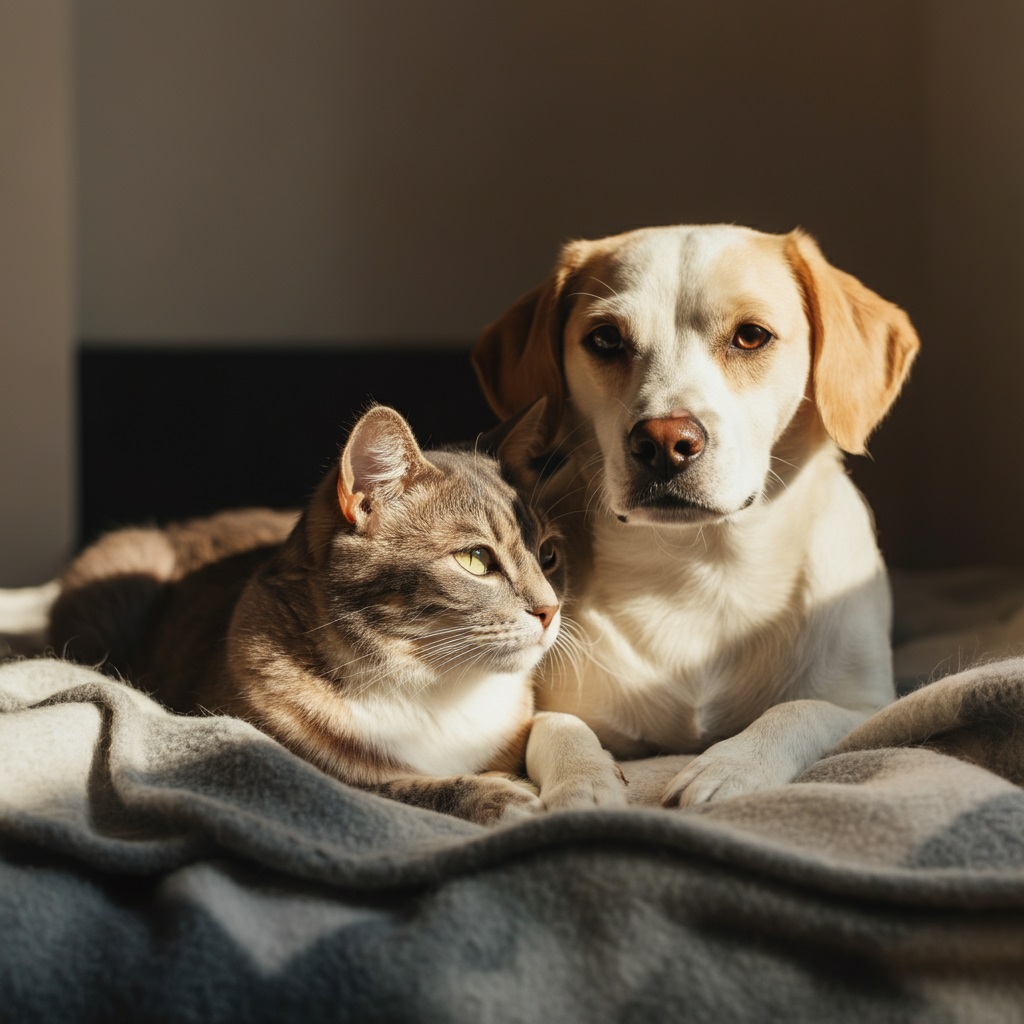
Vaccinations are a vital part of ensuring the health and safety of our furry friends. They protect against a range of diseases, keeping your pets happy and thriving. However, like humans, pets can experience side effects post-vaccination. While these side effects are usually mild, knowing how to care for your cat or dog after their vaccine can go a long way in ensuring they remain comfortable and stress-free.
This post covers everything you need to know about post-vaccine care for cats and dogs, from understanding common reactions to dos and don’ts for a smooth recovery.
Why Vaccines Are Essential
Vaccinations help protect your pet from life-threatening diseases such as rabies, distemper, and parvovirus in dogs, as well as feline leukemia and calicivirus in cats. By boosting your pet’s immune system, vaccines ensure your four-legged family member stays healthy, and they also reduce the risk of diseases spreading in your community.
That said, vaccinations introduce a small, safe amount of the virus into your pet’s body, which can occasionally cause minor reactions. This is completely normal and usually nothing to worry about!
Common Post-Vaccine Reactions
Pets typically tolerate vaccines well, but some mild side effects may appear within 24–48 hours after the shot. Here’s what to look out for and how to handle it:
1. Lethargy or Decreased Activity
It’s common for pets to be a little sleepy or less energetic after receiving a vaccine. Think of it like how you feel after a flu shot. Rest assured, they’ll bounce back to their usual selves soon.
What to Do:
Make sure your pet has a calm, cozy spot to rest. No need to encourage play or activity until they’re feeling better.
2. Mild Swelling or Soreness at the Injection Site
You might notice a small lump or tenderness where the vaccine was administered. This swelling will likely go down on its own within a few days.
What to Do:
Avoid touching or applying pressure to the area. Discomfort can often be alleviated by minimizing movement and letting your pet rest.
3. Temporary Decrease in Appetite
Some pets may not eat as much as usual right after getting vaccinated. This is typically short-lived.
What to Do:
Offer them their favorite food or a treat to encourage eating. If they continue to avoid food for more than 24 hours, consult your vet.
4. Low-Grade Fever
A mild fever is a sign that your pet’s immune system is responding to the vaccine.
What to Do:
Monitor your pet’s temperature if you suspect a fever. A normal temperature for cats and dogs is between 100.5°F and 102.5°F (38°C–39.2°C). If it exceeds this, or if your pet is visibly uncomfortable, contact your vet.
5. Sneezing or Nasal Discharge (for Intranasal Vaccines)
If your pet received an intranasal vaccine, mild sneezing or nasal discharge can occur. This should resolve in a day or two.
What to Do:
Keep your pet in a clean, non-irritating environment. Avoid exposure to dust, smoke, or strong odors that could worsen symptoms.
Continues after advertising
Signs of a Severe Reaction
While most post-vaccine reactions are mild, severe side effects can occasionally occur, such as an allergic reaction. Watch closely for the following signs and seek immediate veterinary care if they appear within minutes to hours after the vaccine:
- Swelling of the face, mouth, or throat
- Difficulty breathing
- Hives or severe itching
- Collapse or fainting
- Vomiting or diarrhea
These reactions are rare and should always be treated as an emergency.
Post-Vaccine Care Tips
To ensure your pet feels their best post-vaccine, follow these care guidelines:
1. Provide Plenty of Rest
Set up a quiet, comfortable space for your pet to relax. Encourage minimal movement, especially if they seem sore or lethargic.
2. Watch for Changes
Monitor your pet’s behavior, appetite, and energy levels for the first 24–48 hours. Take note of any unusual symptoms and contact your vet if anything feels concerning.
3. Offer Water and Light Food
Dehydration can exacerbate mild side effects. Make sure fresh water is always available. You can also offer small meals of easily digestible food if their appetite is reduced.
4. Keep Activities Low Key
Avoid strenuous playtime or exercise for a few days. Your pet’s body is working hard to build immunity, so give them time to recover.
5. Refrain from Bathing Your Pet
Avoid giving your pet a bath for a day or two after the vaccine. This prevents irritation or chills, especially near the injection site.
When to Call the Vet
If you’re unsure about your pet’s reactions or if they show any of these signs, it’s always better to call your vet for guidance:
- Lethargy lasting more than 48 hours
- Ongoing pain or visible discomfort
- Persistent vomiting or diarrhea
- Swelling or redness lasting beyond a couple of days
Your vet is there to ensure peace of mind and to help keep your pet healthy.
Why Prevention is the Best Medicine
Vaccines are a vital part of your pet’s long-term health plan. By keeping your pet up to date with recommended vaccinations, you’re actively protecting them from serious diseases and helping your local pet community remain healthy.
A little post-vaccine care goes a long way in ensuring your cat or dog stays comfortable and bounces back quickly. Remember, their occasional discomfort today ensures a lifetime of greater health and reduced risk of disease.
Read More👉 Should You Brush Your Pet’s Teeth Daily?
More Resources for Happy, Healthy Pets
Want to learn more about how to keep your furry friend in tip-top shape? Follow our blog to address common pet health issues, including vomiting and diarrhea, and learn when it’s time to see a vet.
Your pets deserve the best care, and we’re here to help you every step of the way.
